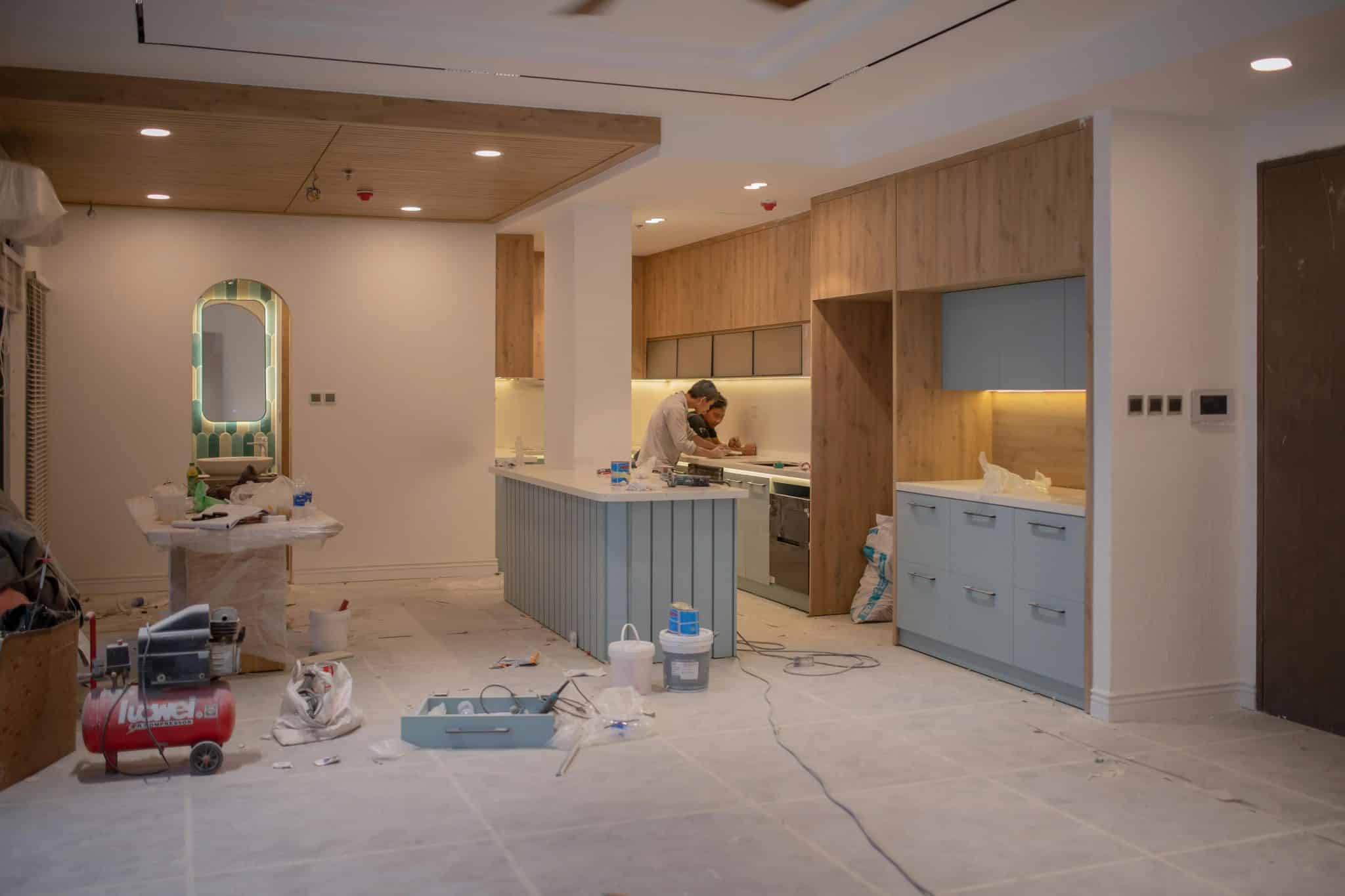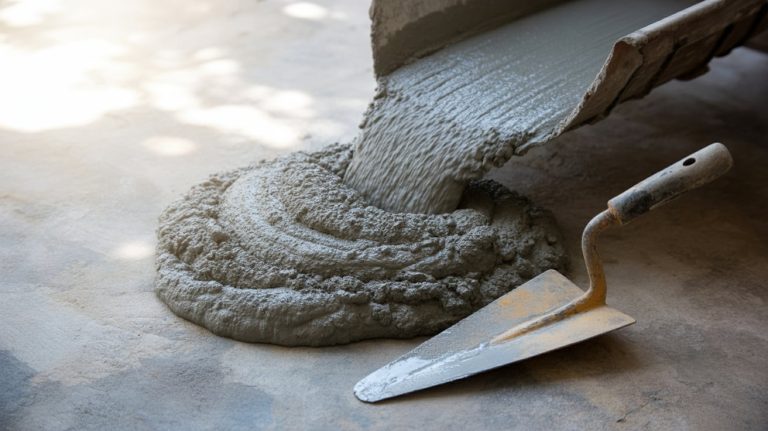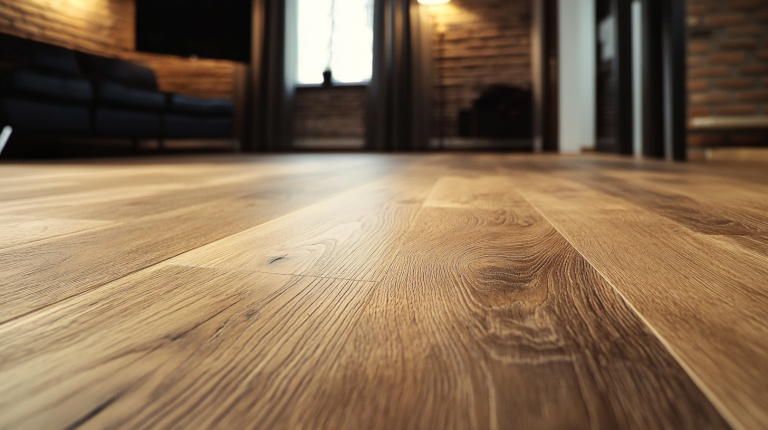Top 10 Signs You Need Plumbing Repairs in Your Home
You’re brushing your teeth and notice the tap dripping again. Not a flood, just an occasional drop—but it’s been going for weeks. That quiet leak, or the slow drain you’ve learned to live with, does not seem urgent, but it could be a sign of something far more serious.
This guide will discuss ten common signs that your plumbing system needs professional attention before a small issue turns into a costly repair.
1. Persistent Dripping from Taps
A dripping tap is more than just a background annoyance. It often signals worn washers, corroded valve seats, or internal damage within the fitting.
Over time, even a minor drip can waste litres of water each day, driving up your utility bill and contributing to water damage around sinks or basins.
Quick Check at Home
Turn off the water supply before removing the tap handle and checking internal components such as the washer or O-ring. If they’re cracked or worn, replacing them can solve the issue. However, if the leak continues, the tap seat could need regrinding or replacement.
When to Call a Plumber
If repairs don’t stop the dripping or the fitting shows signs of rust or internal wear, a professional plumber can diagnose the fault and replace the tap or components properly. They’ll ensure a long-term fix and prevent further damage.
2. Low Water Pressure
Low pressure can turn a simple shower into a frustrating chore. While mineral build-up in tap aerators or showerheads is a common cause, persistent pressure problems signal something more serious, such as leaking pipes or corrosion within your plumbing system.
DIY First Steps
Unscrew the tap aerator or showerhead and soak it in white vinegar overnight to remove any limescale. Also, check that your home’s main stop valve is fully open. Ask neighbours if they’re experiencing similar issues. If so, the supply problem could be external.
When to Get Professional Help
If the problem is isolated to your property, it could indicate internal pipe damage or concealed leaks. A plumbing expert can carry out a pressure test and trace the source, preventing further deterioration and maintaining reliable water flow.
3. Unusual Noises in the Pipes
Banging, gurgling, or whistling sounds coming from your pipes shouldn’t be ignored. These noises can indicate a range of issues, from water hammer (caused by sudden stoppage of flow) to trapped air or pressure imbalances.
Investigate the Cause
Banging pipes may be secured incorrectly or lack cushioning, while gurgling can point to blocked drain vents. Bleeding the plumbing system can help remove trapped air, but recurring noises are a warning.
Why It Matters
If left unresolved, the vibrations from the water hammer can loosen joints and lead to leaks. A plumber can install water hammer arrestors or assess the system’s pressure balance to keep your pipework safe and quiet.
4. Water Stains on Walls or Ceilings
Discoloured patches on walls or ceilings are often the first visible sign of a hidden leak. These stains might appear yellowish, brown, or grey, and often grow over time if the source isn’t addressed.
Initial Checks
Use a torch to inspect exposed pipework in lofts or under sinks. Look for damp insulation, corrosion on fittings, or obvious drips. If you can access the area above the stain, turning off the water and drying the surface will prevent immediate spread.
When to Contact a Professional
Hidden leaks can damage plaster, timber framing, and electrical systems. A qualified plumber has the tools to detect moisture behind walls and repair the source before the damage escalates.
Tip for Homeowners
Photograph the stains and log the dates. This is useful for both insurance claims and tracking whether the issue is worsening.
5. Recurring Drain Clogs
One-off clogs are usually easy to clear, but if the same sink, shower, or bath keeps backing up, it could indicate a deeper blockage. In older properties, tree roots or collapsed sections of pipework are not uncommon.
What You Can Try
Use a plunger or drain snake for minor build-up. Avoid chemical drain cleaners. They can damage pipes over time. Fitting drain covers can also prevent hair, food debris, and soap scum from entering the system.
When a Plumber’s Involved
If clogs return frequently or affect multiple fixtures, it’s time to bring in a professional. A plumber can inspect the system using CCTV equipment and remove blockages at the root, rather than just treating symptoms
6. Continuously Running Toilet
A toilet that won’t stop running can waste hundreds of litres of water a day, silently hiking your water bill.
DIY Troubleshooting
Lift the cistern lid and inspect the flapper valve and fill valve. If the flapper isn’t sealing properly or the fill valve is set too high, simple adjustments or part replacements can often resolve the problem.
When It’s Time for Repairs
If the water continues to run despite your adjustments, or if you notice water leaking into the bowl or around the base, a professional plumber can carry out a full diagnosis and make the necessary repairs.
Ignoring it only leads to higher bills and possible internal damage to the toilet system.
7. Wet Patches or Puddles
Finding wet areas around fixtures, appliances, or along skirting boards is often a sign of a hidden leak. These could appear sporadically, especially after heavy water use, and can lead to mould or structural damage if left unresolved.
Locate the Source
Dry the area thoroughly and inspect fittings nearby. Check pipe joints under sinks, toilets, and hot water cylinders for any moisture or corrosion. Tightening connections help, but persistent puddles mean something deeper is going on.
Calling a Plumbing Professional
If water keeps appearing or you can’t isolate the source, call in a professional. Plumbers use moisture sensors and thermal imaging to identify the leak accurately and prevent more serious issues down the line.
8. Visible Rust or Corrosion
If you notice rusty spots on your pipes or fittings, it’s a sign the metal is breaking down. Corrosion can eventually cause cracks, leaks, or full pipe failure, especially in older properties with galvanised pipes.
Inspect Key Areas
Common trouble spots include pipe joints, under sinks, or near boilers. Look for green, white, or orange discolouration and any flaky residue.
Why Act Early
Replacing corroded sections early helps avoid a sudden burst pipe or water damage. A professional can also assess whether it’s time to upgrade your plumbing system entirely, especially if your home still uses outdated materials.
9. Unpleasant Smells from Drains
A foul smell rising from your sink, shower, or bath drain can point to trapped food waste, soap scum, or in some cases, a dried-out trap allowing sewer gas into the home.
At-Home Measures
Flush the drain with boiling water and bicarbonate of soda followed by white vinegar. If smells persist, ensure the water trap under the fixture isn’t empty or damaged.
When to Seek Help
Persistent odours, especially if they affect more than one drain, could indicate a blocked vent pipe or partial sewer line blockage. These issues are best handled by a professional with the tools to inspect and clear the line safely.
10. Higher Than Usual Water Bills
An unexplained rise in your water bill could mean a hidden leak is wasting water somewhere in your home.
How to Check
Take a water meter reading, avoid using water for a couple of hours, then check the reading again. If the numbers have changed, there could be a leak somewhere in the system.
Professional Solutions
If you’ve ruled out visible leaks and dripping taps, a plumber can perform a pressure test and leak detection service. Catching the problem early helps you avoid long-term costs and water waste.
Conclusion
Plumbing issues often start small—an odd sound, a slow drain, or a subtle stain. But when left unresolved, they can lead to expensive repairs, water damage, and disruption.
By spotting the warning signs early and acting quickly, you can protect your home and avoid unnecessary stress.
If you’re unsure or the problem persists, don’t hesitate to call in a professional plumbing service—your property’s long-term health depends on it.







